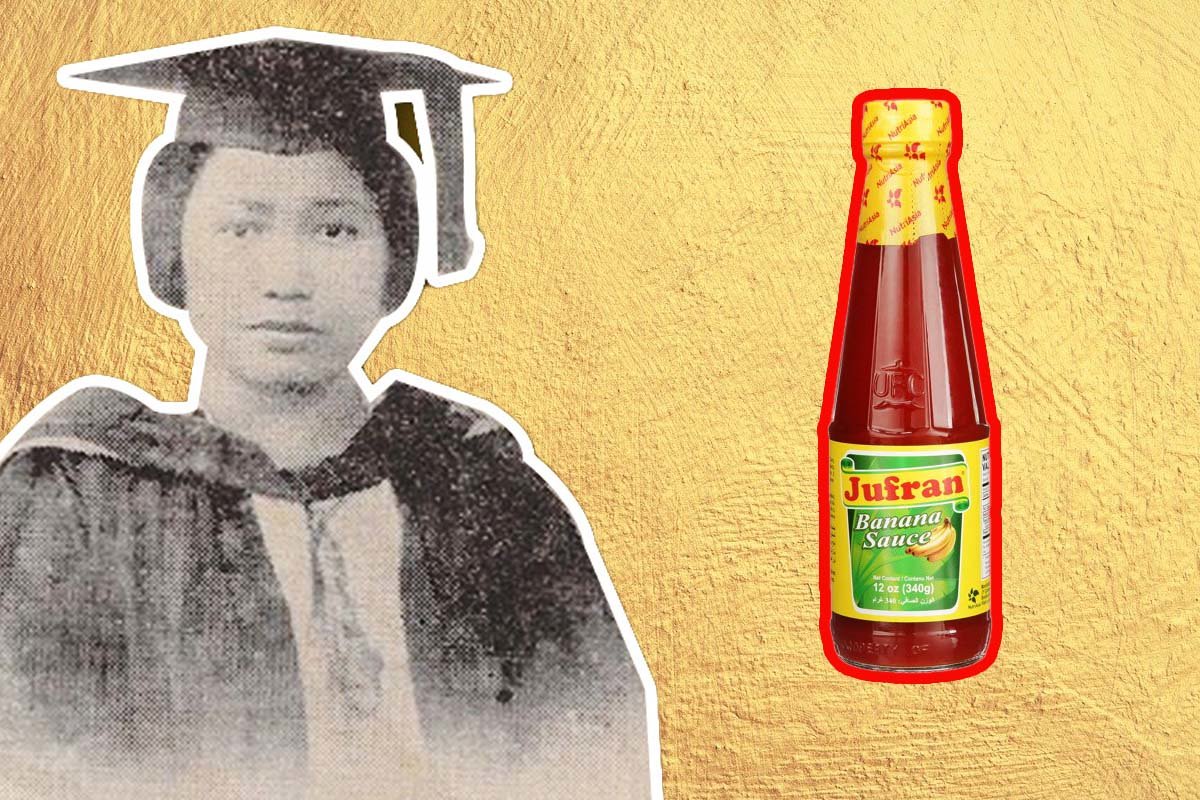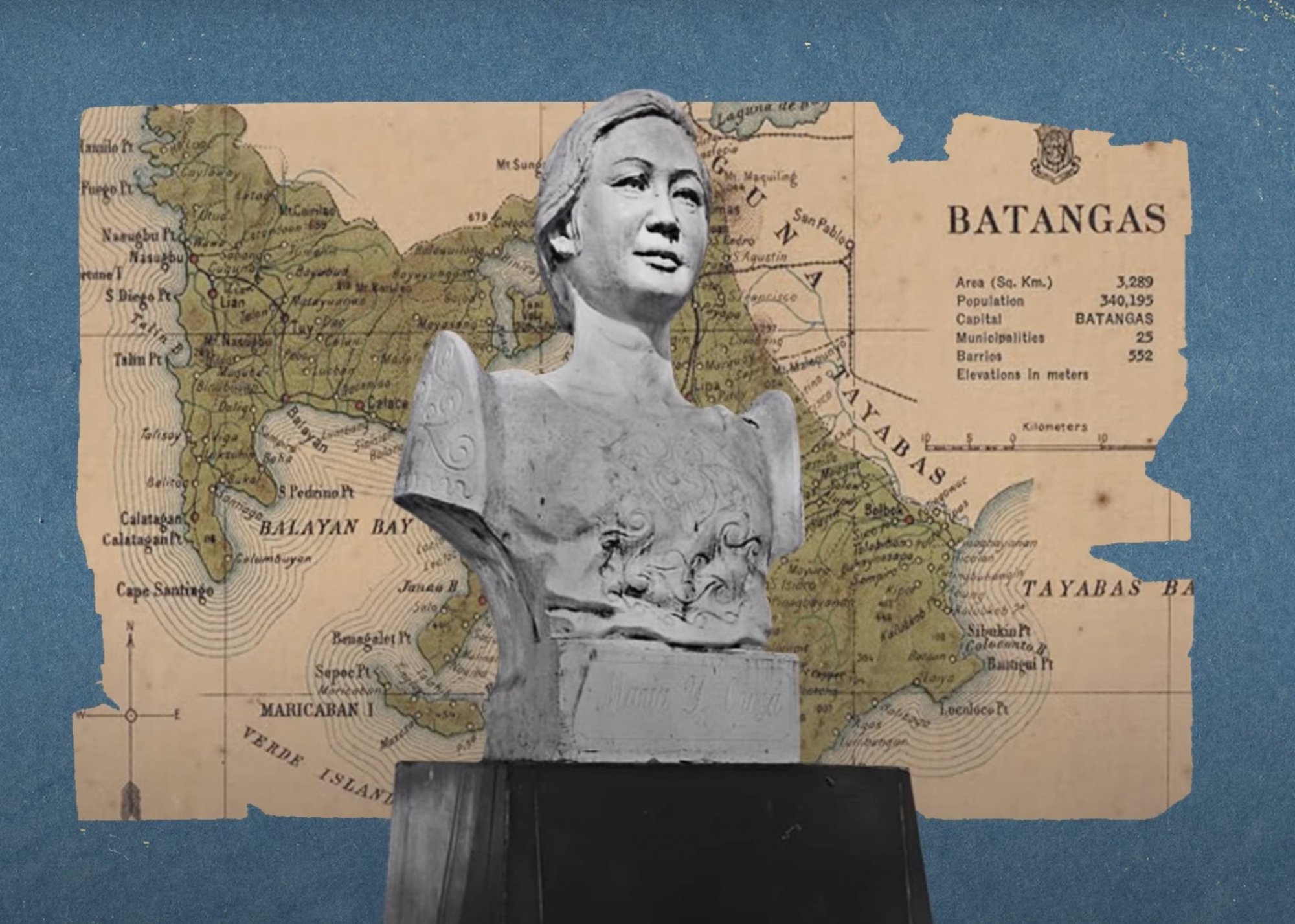How Philippine Food Scientist María Orosa Saved Thousands of POWs During World War II

María Orosa invented the now iconic banana ketchup condiment, but during World War II, she risked her life to smuggle superfoods inside Japanese POW camps in the Philippines. Composite by Coffee or Die Magazine.
María Orosa invented 700 recipes and food products during her career as a food chemist, creating sauces and spices still used in nearly every Philippine kitchen today. But in World War II, her culinary inventions saved thousands of lives. During Japanese occupation, she crafted “miracle foods,” rich with calories and nutrients, that were smuggled into prisoner-of-war camps, keeping alive Filipino and Allied soldiers who would otherwise have starved or perished from malnutrition.
But her story was largely forgotten. Even in her home country, the Philippines, chef Jordy Navarra was long unfamiliar with her accomplishments until he rediscovered her gastronomic legacy, and with it, her war heroism.
“Growing up in Manila, we always knew the name of María Orosa as a pretty famous and busy street,” Navarra told Food 52 in 2019. Navarra makes his own version of one of Orosa’s most widely beloved inventions, banana catsup, at the Toyo Eatery in Manila. “After getting into food and learning about the history of banana catsup, we stumbled upon her story,” he says.
Banana catsup, or banana ketchup, is a sweet and tangy condiment found in the cupboards of Filipino households across the globe. It is also the brainchild of Orosa, who wanted to find a way for the Philippines to use less imported tomatoes and more native fruits and vegetables. She created the banana sauce with mashed bananas, vinegar, and spices and added a red food coloring to make the yellow-brownish appearance more appetizing.
She also had seen many years of war prior to World War II. Born in 1893, in Taal, Batangas, she was a child in 1896 when the Philippine Revolution exploded, lasting until Philippine independence from Spain in 1898. Soon after, the Philippine-American War kicked off. When peace finally arrived, her father, Simplicio Orosa, served in the Philippine commission to campaign for independence in the United States and France.
In 1916, at age 23, she became a government-sponsored scholar. Officials in the United States recognized her potential and offered her a chance to study pharmaceutical chemistry at the University of Washington in Seattle. In 1918 she earned another degree in food chemistry, and then in 1921 her master’s in pharmacy. She returned to the Philippines in 1922 and worked as the country’s most promising food chemist. She travelled to Holland, England, Germany, Spain, Italy, France, and even Hawaii to advance her knowledge in food technology and food preservation.
In 1925, during the Manila Carnival, Orosa, then a member of the Bureau of Science in the organic chemistry division, premiered an exhibit showcasing local canned fruits and vegetables. The positive reviews earned additional seed money from a legislative grant to develop and encourage canning and food preservation at home.

When World War II arrived on Philippine soil, she joined the Marking’s Guerrillas, risking her life to smuggle her concoctions into Japanese-run POW camps. Perhaps the most lifesaving recipe Orosa developed was called Soyalac, a soybean-based nutrient drink that gave strength to Filipinos, Americans, and others who would otherwise have succumbed to starvation. Her Soyalac drink was later called a miracle food for its complete nutrition qualities.
Filipinos cherished her inventive darak cookies throughout the war. The rice bran cookies were also considered a superfood, packed with vitamins A, vitamin E, vitamin D, and vitamin B complex.
On Feb. 13, 1945, during the Battle of Manila, Orosa was working at the Bureau of Plant Industry building when she was wounded by shrapnel. She was rushed to a nearby hospital but died alongside 70 others when another bombardment landed on the building. She was 51 years old at the time of her death.
In February 2020, a grave marker bearing her name was accidentally unearthed at the Malate Catholic School, formerly the site of the hospital where she perished. Although her remains were not located, archeologists are hopeful that she will be discovered one day. In her memory, a historical marker commemorating her legacy is installed at the Bureau of Plant Industry compound in Malate, Manila. There is also a bust in her hometown of Batangas.
Read Next: Julia Child: The OSS Officer Who Introduced French Cuisine to American Households

Matt Fratus is a history staff writer for Coffee or Die. He prides himself on uncovering the most fascinating tales of history by sharing them through any means of engaging storytelling. He writes for his micro-blog @LateNightHistory on Instagram, where he shares the story behind the image. He is also the host of the Late Night History podcast. When not writing about history, Matt enjoys volunteering for One More Wave and rooting for Boston sports teams.
BRCC and Bad Moon Print Press team up for an exclusive, limited-edition T-shirt design!
BRCC partners with Team Room Design for an exclusive T-shirt release!
Thirty Seconds Out has partnered with BRCC for an exclusive shirt design invoking the God of Winter.
Lucas O'Hara of Grizzly Forge has teamed up with BRCC for a badass, exclusive Shirt Club T-shirt design featuring his most popular knife and tiomahawk.
Coffee or Die sits down with one of the graphic designers behind Black Rifle Coffee's signature look and vibe.
Biden will award the Medal of Honor to a Vietnam War Army helicopter pilot who risked his life to save a reconnaissance team from almost certain death.
Ever wonder how much Jack Mandaville would f*ck sh*t up if he went back in time? The American Revolution didn't even see him coming.
A nearly 200-year-old West Point time capsule that at first appeared to yield little more than dust contains hidden treasure, the US Military Academy said.












